Early Career Scientist Spotlight
Dr. Cristian Ferradas
Space Physicist
Geospace Physics Laboratory
Did you always know that you wanted to be a Space Physicist?
Not quite. For me, I think everything started at an early age with a love for mathematics and a deep desire to understand how things work. At school, I discovered that I was naturally good at math, and for several years, I thought I would become an engineer like my dad. However, everything changed in my junior year of high school when I took physics for the first time. Taking physics felt like an eye-opening experience, in which math suddenly took on a whole new dimension allowing me to understand the relationships between things like time and space, forces, and the motion of bodies.
While pursuing my undergraduate studies in physics, I enjoyed every physics class—Classical Mechanics, Quantum Mechanics, Optics, Electromagnetism, etc.—and found them all mind-blowing, but carrying out research in all these areas didn’t seem fulfilling to me. I hadn’t found a field within physics that was appealing and compelling enough for me. Then, when some friends invited me to a recently formed Astronomy Club at the university, I had a second eye-opening experience. There, I discovered astrophysics, and learned how it satisfied my passion for physics, as well as my curiosity about space. Shortly after, I enrolled in an exchange program to take astrophysics classes at the University of Calgary, in Alberta, Canada. After my semester there, I knew I wanted to pursue a career studying the physics of space.
Upon returning to Peru from my time in Canada, I started an internship at the Peruvian Space Agency. During my time there, I was involved in several projects that introduced me to astronomical photometry, stellar atmospheres, and space weather. My favorite project, however, was in space physics and consisted of the study of the D layer of the ionosphere, which led me to pursue graduate studies in space physics. One thing that captivated me was that space physics combines a sense of stepping into the unknown of outer space, and the satisfaction of applying the knowledge acquired to make a profound impact on society.
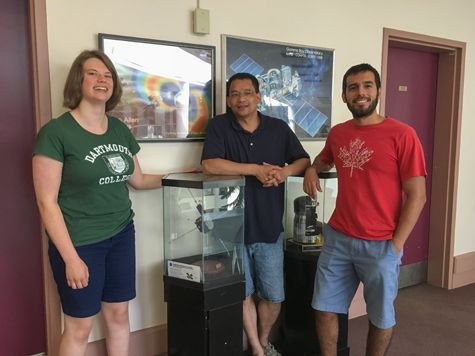
Credit: Cristian Ferradas
What is your research focus?
My research is focused on the particles and electromagnetic fields in the inner region of the Earth’s magnetosphere. The magnetosphere encompasses the near-Earth space between our atmosphere and the solar wind, and it shields our atmosphere from the hazards of outer space. Three of the main questions that my research aims to answer are: (1) How do particles in the inner magnetosphere respond to solar wind drivers? (2) What is the role of the electric field in controlling the dynamics of the particles? (3) How important is the feedback from the ionosphere to the magnetosphere?
Studying the magnetosphere requires in situ measurements from satellite missions because the magnetosphere is so far away (extending from 500 km to over 50,000 km away from Earth!). Most of my research before arriving at NASA Goddard consisted of analyzing plasma measurements from several satellite missions. I particularly focused on looking at differences in dynamics and distributions of the main magnetospheric ion species. Now, at NASA Goddard, I am part of a research group that has developed a state-of-the-art model of the inner magnetosphere, the Comprehensive Inner Magnetosphere-Ionosphere (CIMI) model. Thus, in addition to carrying out data analysis of in situ measurements, I now get to participate in the further development and validation of the CIMI model, which helps us understand how the coupling between the magnetosphere and ionosphere affects global magnetospheric dynamics.
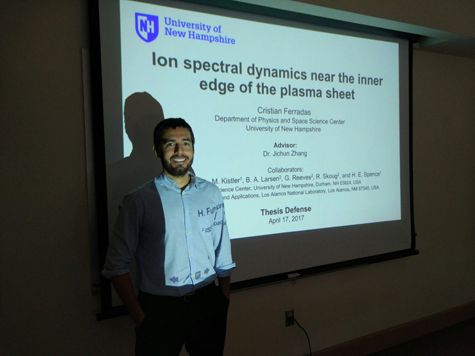
Credit: Dr. Iulia Barbu
What was your first big research achievement?
Definitely my PhD work. Before graduate school, I had been involved in several research projects but due to circumstances, I never achieved closure on them. Moreover, coming into graduate school, I had no background knowledge of the Earth’s magnetosphere, so starting my graduate research I had to learn most of the physics from scratch. My graduate research was focused on the ion access to the inner magnetosphere and how this access varied for various ion species. I performed both case studies and statistical studies using ion measurements from two satellite missions, Cluster and Van Allen Probes. My graduate work showed comprehensively that heavier ions, like helium and oxygen ions with energies in the keV range, tend to dominate the lower altitudes over the lighter hydrogen ions. I further demonstrated through modeling that this heavy ion dominance at low altitudes was explained by the species dependence of the ion charge exchange lifetimes—the heavier ions interact with the neutral hydrogen from the exosphere via charge exchange at a slower rate than hydrogen ions do, and thus they are lost at a slower rate. This implies that charge exchange is the main loss process for ions at these energies in this region and that accurate models of the neutral exosphere are important to determine ion dynamics in the magnetosphere.
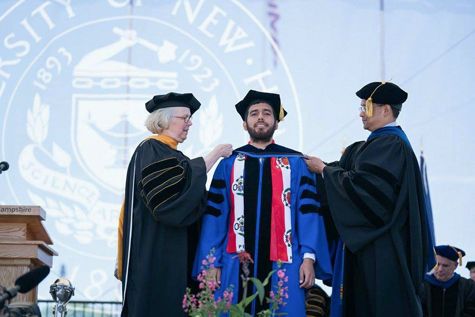
Credit: University of New Hampshire Graduate School
What aspects of your work are you most passionate about?
I have developed a passion for data analysis, especially for diving into the data to look for features that might not be easily detected at a first glance. I have also found a passion for programming, something I would not have expected at all ten years ago. There is a strange satisfaction about writing a program composed of many intricate parts, running it, and succeeding at making it do what you meant it to do. However, the aspect of my work I am most passionate about is sharing what I do with other people, whether it be at outreach events or just by explaining science and the excitement of space exploration to my family, friends, or even strangers. I have discovered that the everyday research I carry out becomes more real when I share and talk about it with people outside science than when I write scientific papers.
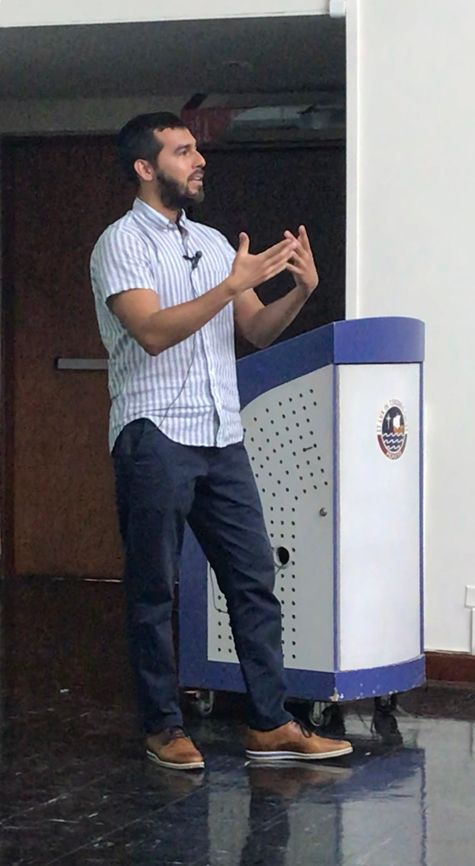
Credit: Luis Almeida
Who inspires you?
Without a doubt, my parents are my greatest inspiration. In their own distinct way, they have both taught me discipline, resilience, determination, and gratitude, traits that I believe have helped me arrive where I am now. I have also been blessed with great mentors throughout my career (i.e., Drs. Walter Guevara, Jichun Zhang, Lynn Kistler, Geoff Reeves, and Mei-Ching Fok) that have been a source of motivation and inspiration.
What science fact consistently amazes you?
Even though I have been studying the magnetosphere for some years now, it continues to amaze me what a delicate balance it provides to us on Earth, providing a defense system from the hazards of outer space and allowing the processes that lead to beautiful displays that remind us of our connection with the cosmos, like the aurorae. This is related to a much deeper fact that also continuously amazes me, which is that Earth enjoys conditions that not only allow for habitability but are also exceptionally compatible with an array of diverse measurements, from stellar astrophysics and cosmology to space physics and geophysics. Examples are abundant once we start thinking about it. Our atmosphere is not opaque nor translucent, but transparent, allowing for observation into deep space. And I find it incredible that the sizes of the sun and the moon and their distances to Earth are just right so that beautiful and scientifically useful phenomena like total eclipses, which allow the study of the sun’s corona, are possible.
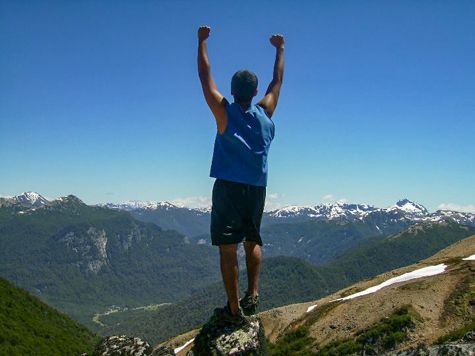
Credit: Cristian Ferradas
What do you like to do in your free time?
My biggest hobby is probably soccer. Growing up in South America, playing soccer was an everyday activity and from an early age, I was always part of a soccer team, from elementary school until college. I even thought I would be a professional soccer player until I had a serious injury when I was sixteen. I love to watch soccer leagues on TV, my favorite being the English Premier League. I also enjoy hiking on all types of terrain, although particularly hiking up mountains where one can have amazing views of the surrounding landscape. And I would also consider myself to be a movie lover. I particularly love watching movies in the theater (while eating popcorn, of course!) but, especially with good company, I could watch movies almost every day. Finally, I love travelling and learning about new cultures, especially about their cuisine.
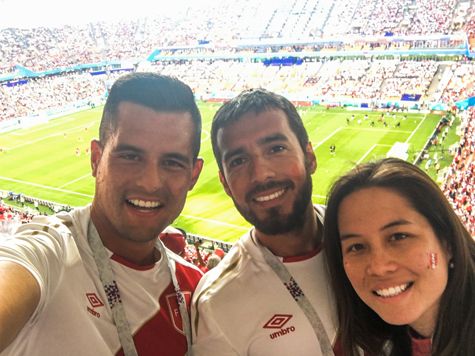
Credit: Guillermo Joo
Biography
Home Town:
Lima, Peru
Undergraduate Degree:
B.S. in Physics, Pontifical Catholic University of Peru, Lima, Peru
Post-graduate Degree:
Ph.D. in Space Physics, University of New Hampshire, New Hampshire, USA
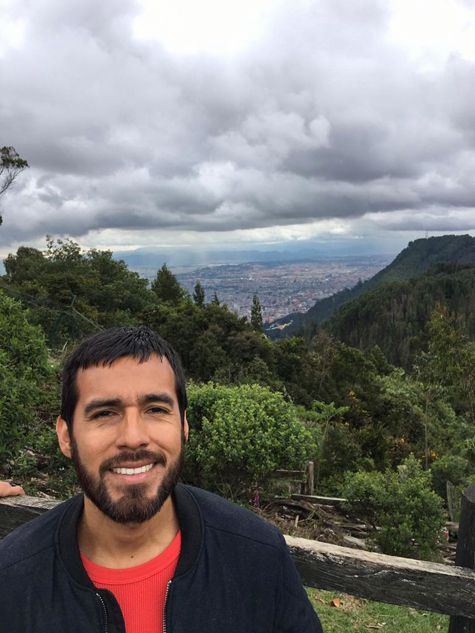
Link to Dr. Ferradas's GSFC Bio
